We held our fourth edition of Oddly Enough at Raw Collaborative in Ahmedabad. The panel — comprising Avenish Jain, co-founder of Spin; Rajat Mathur, Business Head at Script; and designer Sandeep Sangaru — gathered to discuss the business side of the design industry and what it takes to establish a brand. Given the panellists’ varied years of experience and perspectives, it was an electrifying conversation. For those who missed it, we bring you the highlights.In the fourth edition of Oddly Enough, we gathered to discuss the business side of the design industry and what it takes to establish a brand. Given the panellists’ varied years of experience and perspectives, it was an electrifying conversation.
For those who missed it, we bring you the highlights:
In the course of the conversation, the importance of good design was emphasised several times. On what comprises a good design, Sangaru explained, quite aptly, that it was when a product’s design has evolved to a point where it can’t be improved any more. Citing the design of the lota, he pointed out that a good design blends seamlessly with the world around it and becomes a way of life.
Design thinking should be at the core of a brand, especially one dedicated to good design. The consumer market in India is well-placed at the moment, and social media is playing a crucial role in the marketing strategies of new small ventures and independent studios. For Mathur, the key is to have an equilibrium between design and business, and keep the consumer at the epicenter of everything a brand does.
For Jain and Sangaru both, honesty is at the crux of what makes a brand work. Functionality is another important aspect. If a brand can take care of its consumer’s needs and make the consumer feel understood, it works.
The journey of a brand is, of course, marked with challenges. The panel expanded on a few challenges that are common to design brands in India, like how it is extremely difficult to find resources and funding, especially for small scale companies. Experiments in design also aren’t often encouraged by ‘businesses’, which is unfortunate because designers need to be allowed to express themselves in order to innovate. In addition to this, the design market in India is unorganised, and there is no established design brand with a successful business model to emulate. Although the new consumer market is growing and people are appreciating good design more, they are also very unaware of what they want. It is hard to cater to the needs of your consumer when the needs aren’t defined.
Success is spelled differently for all three of our panellists. Since the market for good design brands is a new one, success is still a long way away for most brands. For Jain, their immediate goal is for Spin to reach many more consumers in India. For Script, the idea is to create a great experience and for consumers to start propagating the brand. For Sangaru, the goal is to influence a younger generation of artisans to keep practising their local crafts.
Photos from the event
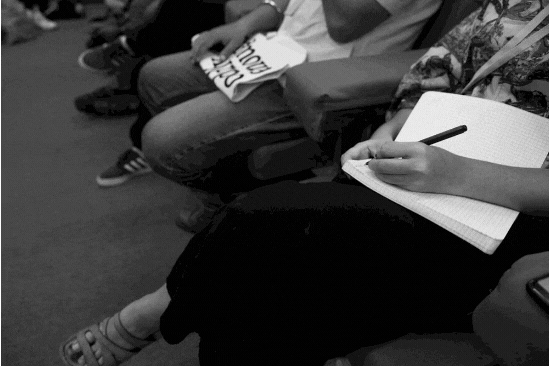
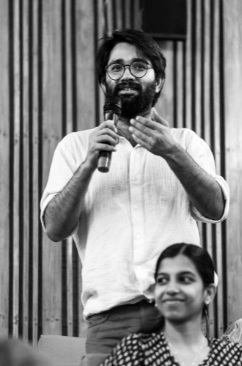
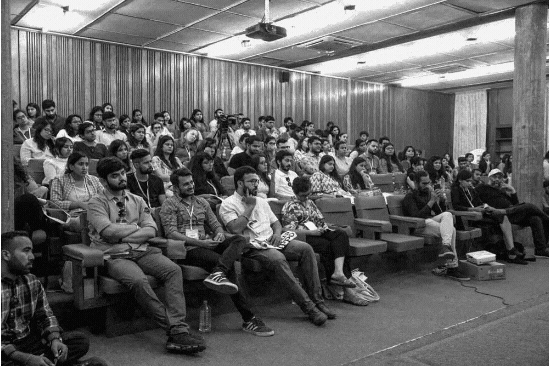

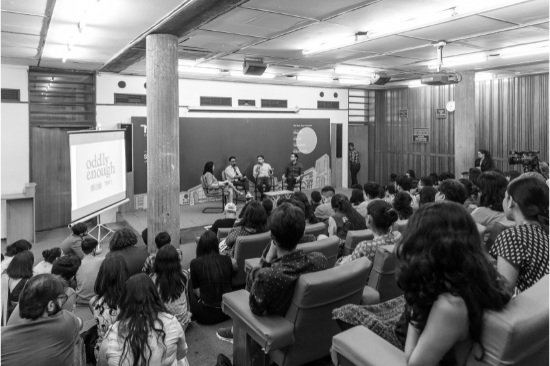

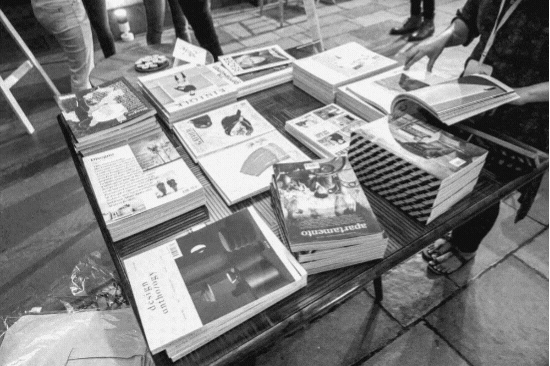



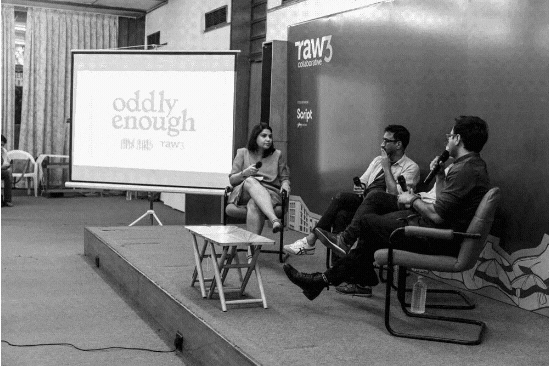
About the Panellists

Rajat Mathur
Rajat Mathur is the Business Head of Script, a contemporary furniture design brand from Godrej & Boyce. Rajat has over 18 years of experience working with large global conglomerates — launching, expanding and sustaining businesses across verticals in the lifestyle, fashion, and accessory industry, with expertise in retail business development and retail operations.
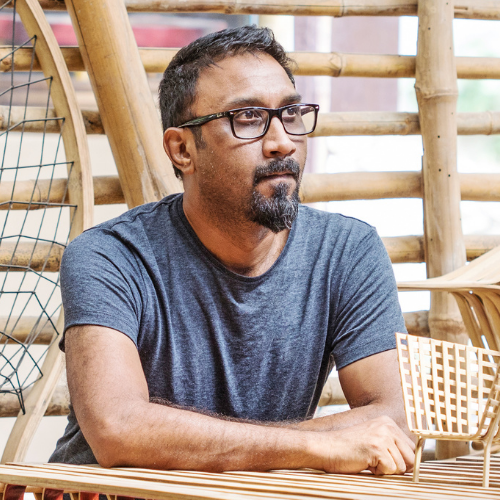
Sandeep Sangaru
Sandeep Sangaru is a multidisciplinary artist who founded Sangaru Design Studio in 2004. Over the years, the studio has been actively involved with the craft sector working with local artisans and materials. In 2010, he founded Sangaru Design Objects Pvt. Ltd., a company that designs, manufactures and markets furniture, products and accessories for urban homes and workspaces.
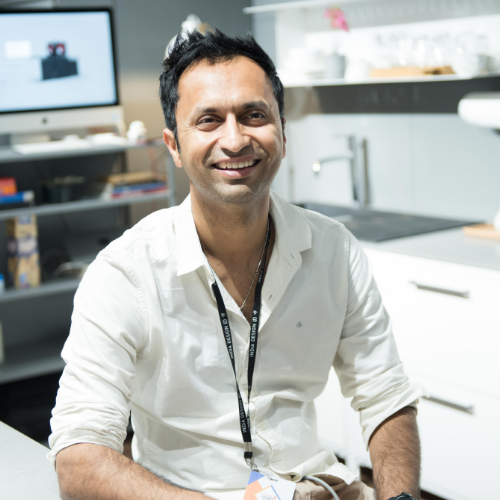
Avenish Jain
Avenish Jain is co-founder and director of Spin, which was launched in 2017. The idea with Spin is to create products for an evolved Indian consumer. Jain, who has a Master’s in Advertising, is also Spin’s chief designer.
Past Events

With Oddly Enough Nº3, in association with G5A Foundation for Contemporary Culture, we’re looking at how design can respond to climate change.

With Oddly Enough Nº2, in association with G5A Foundation for Contemporary Culture, we’re observing our cities.




